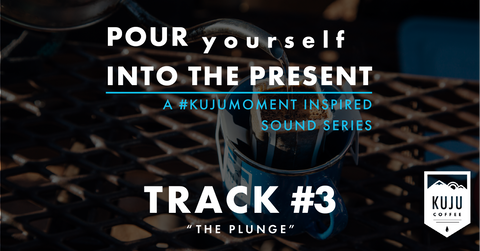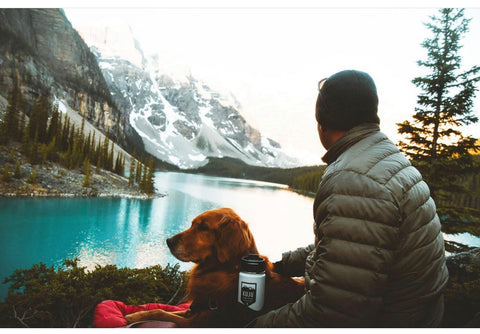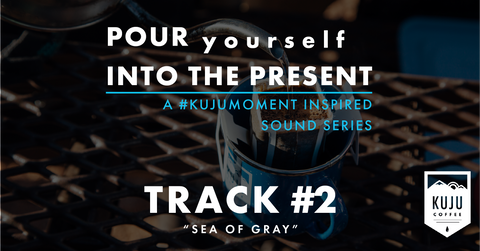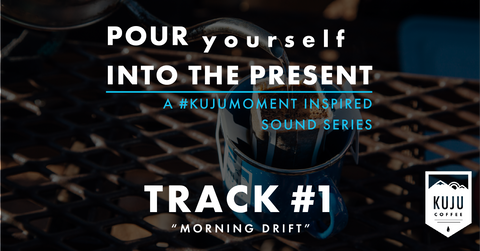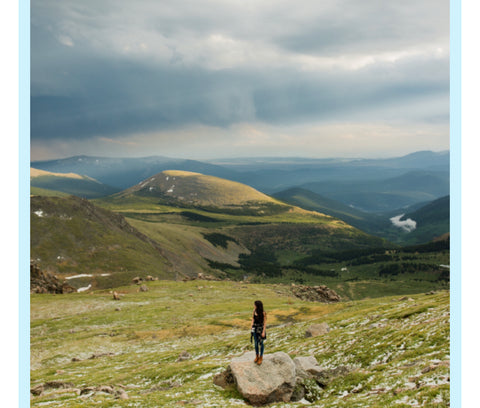Did you know pour over coffee was first invented in 1908 by a German entrepreneur named Melitta Bentz? At least that’s what the history books say. It’s completely possible it’s been around since before then but only in local communities - lots of coffee farm communities brew pour over with a sock for example - who knows how long that’s been going on! Before we get into defining pour over coffee, context is always useful, so here is just a bit of it.
A Brief (Modern) History of Pour Over Coffee
The world has changed quite a bit since 1908 and fast forward to the early 2000s when third wave coffee really started becoming a cultural phenomenon after being somewhat sidelined by the french press for a bit. Specialty coffee shops is where this began. The theatrical flair of watching your coffee being made just seemed to elevate the experience way above seeing your cup be poured from a giant metal box that seemed to have been filled a day earlier. But aside from the theatre of pour over coffee, it was the clean and balanced flavor extraction you could achieve that really made it stand out.
For coffee aficionados, this was always the goal, but for the coffee commoner, this was a new concept - to approach your coffee the way you approached your wine. You tasted it in search of its subtle flavor notes, and if you had friends nearby you would talk about it. But not in a suit and tie while standing on a balcony overlooking the beautiful grape fields of Napa on a Saturday afternoon; and instead while wearing a beanie on a 55º F Tuesday morning on the sidewalk of a hipster coffee shop in the Mission district of San Francisco. And that’s where pour over coffee really became something cool. And by cool we mean how it started selling for a “cool” $5-$7 per cup as opposed to the $2.50 small cup of coffee served at your local Starbucks...ahem* sorry we mean “tall” - how dare we change the linguistic precision of this conversation.
As pour over became wonderful and dazzling in semi-high-end indoor specialty coffee shops, Kuju sought out to make this experience possible for you as well - minus the $5+ price point, the pomp and circumstance of a beautiful brick & mortar space, and any concrete buildings near that brick & mortar space - by creating the Pocket PourOver for your outdoor adventures.
 nothing brings a smile like a cup of pour over in the outdoors!
nothing brings a smile like a cup of pour over in the outdoors!
What Is Pour Over Coffee?
Pour over coffee is simply the brew method of pouring hot water over coffee grounds in a filter. The water drains through the coffee and filter, and ultimately into a mug or carafe. The result is cup of coffee that has a very clean feel. The popularity of this method grew as drinkers appreciated it’s ability to offer a certain amount of control in flavor variation, in comparison to the singularly levered process of a french press, where you immerse your grounds in a container of some sort and just about the only thing you do is wait.
How Is Pour Over Coffee Different From Other Ways to Brew Coffee?
Pour over is an infusion method of brewing, in contrast to immersion methods of brewing, like the French Press, in which coffee grounds are fully submerged and mixed with water, creating a grittier texture for your coffee’s mouth feel. Pour over is known for its clean texture enabled by the use of a filter which catches any major coffee solids before they enter the vessel.
If you’re asking does that mean as long as your filter catches coffee solids from going into the cup does it count as pour over? Our answer to you is yes! You can use a sock or piece of cloth for example, as long as the material doesn’t break down immediately from contact with hot water. There are various types of filter materials out there. As an example, Kuju’s pour over material’s thickness is specifically designed to enable brewing within 1-2 minutes if using water at the recommended 200ºF. When we first launched brewing took over 4 minutes because our material was too thick. People ask us about the even more subtle difference between pour over coffee and drip coffee, which we have also answered in this article. Another difference articulated is between steeping your coffee and pour over, which you can read in this article! It's all still coffee, but the differences are glorious!
What's Unique About Kuju's Pocket PourOver®?
Pour over historically has required a physical component to it to lay your filter on, on which you then place your coffee grounds and then pour. In most cases this would usually be a plastic, metal, glass or ceramic cone. And the number of variations of this these contraptions are just immense, perhaps over done? What this means is that you would usually have multiple manual processes to implement before arriving to the magical step of the pour: (1) grinding coffee beans, (2) portioning your grounds, (3) setting up your filter on your cone, and so on. Overall, this method was technically portable, but not exactly travel-friendly given all those steps required as you would probably have to carry a bag of coffee, a grinder and find a spot for that cone where ever you traveled.
Kuju’s Pocket PourOvers take all the steps of traditional pour overs and consolidates them into a simple contraption that lets you only have to “anchor & pour”. No portioning, grinding, or physical set up outside of selecting your vessel of choice. The coffee grounds are pre-portioned to the exact amount you need for a 10-12oz cup of coffee. Every pouch’s ground coffee is Nitro-Flushed™ for Freshness inside the pouch within two weeks of grinding (the ideal amount of time to let the coffee degas and capture its freshness) so you experience the ultimate fresh cup every time. And the filter requires no physical contraption because it has Steady-Safe™ anchors that pull open and secure to your mug. In short, the Pocket PourOver is different because it’s 1 simple step in comparison to conventional pour over and you can travel with it!

One Thing Is The Same
For all these differences, we have to admit there is still one part of the Pocket PourOver that is exactly the same as conventional pour over equipment out there: the taste! It’s the same infusion method it has been for decades so the quality of the coffee is superb, clean, and lets you experience the coffee’s beautiful flavor profiles like always. But this time, instead of watching cars pass by as you sip your pour over on parklette of your favorite coffee shop, you can watch birds fly over the mountain tops as you rest atop a mountain summit after just finishing your favorite hike.
Have questions or thoughts you’d like to share about pour over?
Share them with us on Instagram and tag us! We’re at @KujuCoffee.



